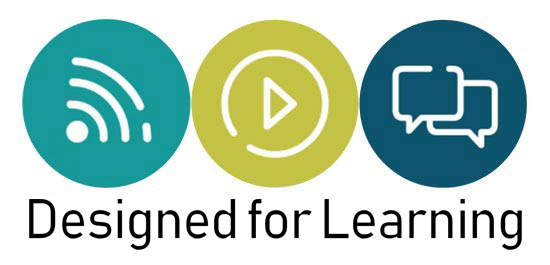23 Dec Video or SCORM?
 In case you may have missed it e-learning, or online learning as I prefer to call it these days, has gone mainstream. From YouTube to Lynda, from iTunesU to MOOCs everyone is learning online. But one surprising aspect of this frenzy of online learning activity is the simple fact that almost none of it uses SCORM. If you don’t know what SCORM is this probably won’t bother you, but if you’ve been involved in designing, building or buying conventional e-learning then you will know that SCORM is key to making e-learning work. If you build an e-learning module in a tool like Articulate Storyline and want it to work on your LMS it had better be published as a SCORM package. So if SCORM is so important how are LMSs like iTunesU or Udemy ignoring it completely?
In case you may have missed it e-learning, or online learning as I prefer to call it these days, has gone mainstream. From YouTube to Lynda, from iTunesU to MOOCs everyone is learning online. But one surprising aspect of this frenzy of online learning activity is the simple fact that almost none of it uses SCORM. If you don’t know what SCORM is this probably won’t bother you, but if you’ve been involved in designing, building or buying conventional e-learning then you will know that SCORM is key to making e-learning work. If you build an e-learning module in a tool like Articulate Storyline and want it to work on your LMS it had better be published as a SCORM package. So if SCORM is so important how are LMSs like iTunesU or Udemy ignoring it completely?
To answer this we need to remind ourselves just what SCORM is. SCORM (Shareable Content Object Reference Model) was developed back in 2000 by the US Department of Defense as a way to standardise the way e-learning objects were built so that they could be shared on various platforms (LMS) and combined to create courses. Hence the shareable content object in the name. In practice, outside of very large organisations learning objects are rarely re-used. However the portability and interoperability was useful since there are many tools and ways to build e-learning and lots of LMS’ to put it on so what was particularly useful about SCORM was its role as a ‘connector’ technology. In practice this role is performed by the SCORM run time environment (RTE).
Link: SCORM Run Time Environment (RTE)
So why does the content need to connect or communicate with the LMS? Well there are two reasons. Firstly to track progress through the content and secondly to record a test score. The SCORM RTE uses JavaScript to handle this communication.
So back to our video. Is this able to communicate progress? No. is there a score recorded? No. Video has none of this functionality built in.
The other aspect of a typical SCORM e-learning module that is missing from video is learner interaction. Most e-learning is built using either Flash or HTML5 and is designed for interactivity. This isn’t a feature of SCORM but of Flash and HTML but it adds an extra dimension to content that isn’t available with video. Video is essentially a passive medium. As a learner you just watch it.
So why are iTunesU, Udemy and most MOOC platforms going with video and not supporting SCORM? There are two reasons. Firstly SCORM adds complexity. Secondly, and probably more significantly, SCORM is much less likely to run on mobile devices. Actually it’s not the SCORM that’s the issue but the interaction environment. Mobile devices don’t support Flash and they don’t always support HTML5 reliably either. Videos on the other hand will happily run on pretty much any device.
As a learning designer video’s lack of interactivity makes it a second rate choice compared to a SCORM module (what I call an iLesson these days). However if it’s combined with other learner activities such as assignments, discussions or quizzes then it can play a useful role within a course. And we are going to see a lot more innovation in video with interactivity already featuring on some platforms.
So does this mean that the days of SCORM are numbered? Yes it does, but it will probably take a while to die and it will be replaced by another very different middleware technology known as the Experience API (formerly TinCan) but that’s a subject for another article.





To mt tài khon min phí
Posted at 03:57h, 11 MarchYour article helped me a lot, is there any more related content? Thanks!